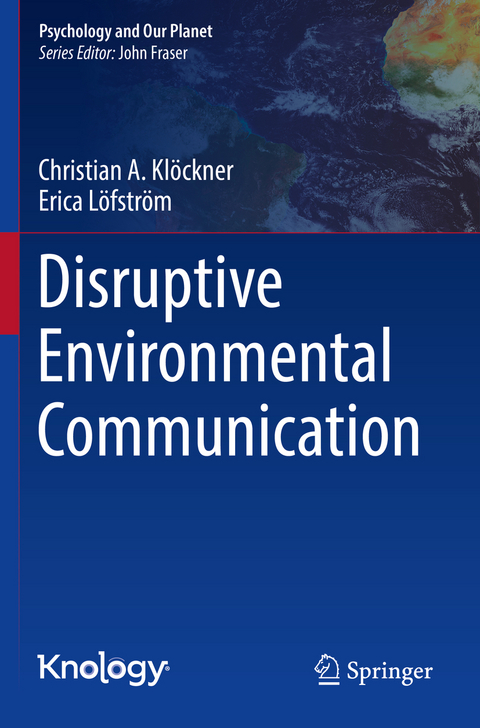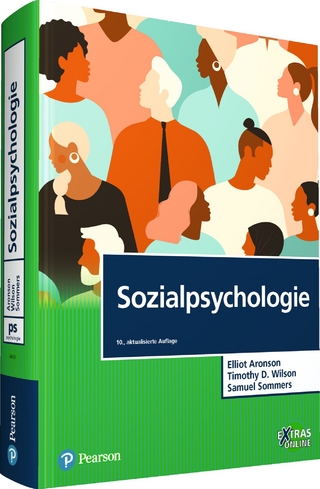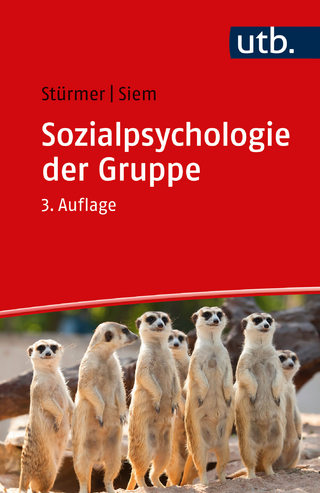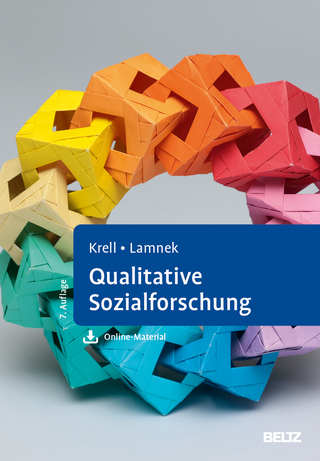
Disruptive Environmental Communication
Springer International Publishing (Verlag)
978-3-031-17167-3 (ISBN)
This book proposes a radical change in communication strategies about environmental problems, advocating for more active and emotionally engaging methods that drive people to action. Based on new theoretical developments and research, the book provides a new framework for designing such communication strategies and suggests practical implementations of these ideas for practitioners, policy-makers, and scientists.
Among the topics discussed:- The psychology of change and why disruptive communication is necessary
- Virtual reality technologies used to communicate complex ideas
- Reflections on the value of science fiction and climate fiction in addressing environmental issues
- Analyzing the impact of youth climate activism
Disruptive Environmental Communication provides an innovative new framework for designing effective communication strategies to address large-scale environmental problems, challenging the assumption that environmental problems can be communicated and handled through non-disruptive methods.lt;p>Christian A. Klöckner is a Professor in social psychology at the Norwegian University of Science and Technology (NTNU) in Trondheim. He leads the research group for "Citizen, Environment, and Safety", is in the steering group of NTNU's Energy Transition Initiative, coordinator of several Norwegian and international research projects on environmental communication and environmental behaviors. His research interests cover the study of environmental choices of people in their social and structural context, as well as innovative communication methods. He has studied investments in environmental technology, energy use, food choices, recycling behavior, environmental art, environmental games, and much more. He is the author of more than 100 scientific papers, of scientific reports, and of the book "The psychology of pro-environmental communication".
Erica Löfström is a researcher in the group "Citizens, Environment and Safety" (CES)https://www.ntnu.edu/psychology/ces. Her educational background is in Computer Science and she holds a PhD from the national Swedish research school Energy Systems. Her PhD explored eco- and energy-visualization at a household and neighborhood level to increase awareness and sustainable lifestyles. She is driven by a will to understand why people act the way they do, and how this can be influenced by environmental- or climate communication strategies. She particularly involves different stakeholders in finding new ways of doing things, and carries out explorative research projects which actively involve end-users and other stakeholders by means of prototyping and provotyping (provocative prototyping) in workshops and Focus Group Interviews. She has developed her own co-designing and participatory methods. As an example, she developed the project "Nature in Your Face (NIYF): framing co-creative visioning" which involves a methodology for activating citizens taking a leap forward and mobilizing communities and resources in solving pressing issues. At the core of the methodology lies the idea of challenging our current way of doing things by creating spaces for reflection through confronting us with nature, or representations thereof, in unexpected spaces or in unexpected ways, accentuating our growing disconnection from it. She currently leads a work package in the EU project SMARTEES, www.local-social-innovation.eu on "Equality and the Energy Union: Data and knowledge analysis" and is the main researcher for three of the projects' reference cases, which includes collection of data, as well as analyzing and reporting results in the project and in publications, https://www.ntnu.no/ansa tte/erica.lofstrom
chapter 1. What is disruptive communication, and why might it be necessary?.- chapter 2. Business as usual forever? Psychological mechanisms of inaction and how disruptive communication might help.- chapter 3. Activist art as a motor of change? How emotions fuel change.- chapter 4. A license to disrupt? Artistic activism in environmental public dissent and protest.- chapter 5. Can we be entertained to change our lives? An introduction to games for increasing environmental awareness.- chapter 6. Provotyping and eco-visualization - disruptive workshops to question status quo and co-design solutions.- chapter 7. Global disruptive communication: The thin line between destruction and disruption in intercultural research.- chapter 8. Can virtual reality become real? How immersive virtual experiences might trickle into the real world.- chapter 9. Two disruptive eco-visualizations: initial experiences.
| Erscheinungsdatum | 12.11.2023 |
|---|---|
| Reihe/Serie | Psychology and Our Planet |
| Zusatzinfo | X, 158 p. 13 illus., 7 illus. in color. |
| Verlagsort | Cham |
| Sprache | englisch |
| Maße | 155 x 235 mm |
| Gewicht | 272 g |
| Themenwelt | Geisteswissenschaften ► Psychologie ► Sozialpsychologie |
| Technik ► Umwelttechnik / Biotechnologie | |
| Schlagworte | Climate Activism • Communication Strategies • disruptive environmental communication • Environmental activism • Environmental communication • environmental memory • environmental psychology • psychological models of communication • psychology of change • science fiction and climate fiction • Virtual Reality Technology • youth climate activism |
| ISBN-10 | 3-031-17167-5 / 3031171675 |
| ISBN-13 | 978-3-031-17167-3 / 9783031171673 |
| Zustand | Neuware |
| Haben Sie eine Frage zum Produkt? |
aus dem Bereich


